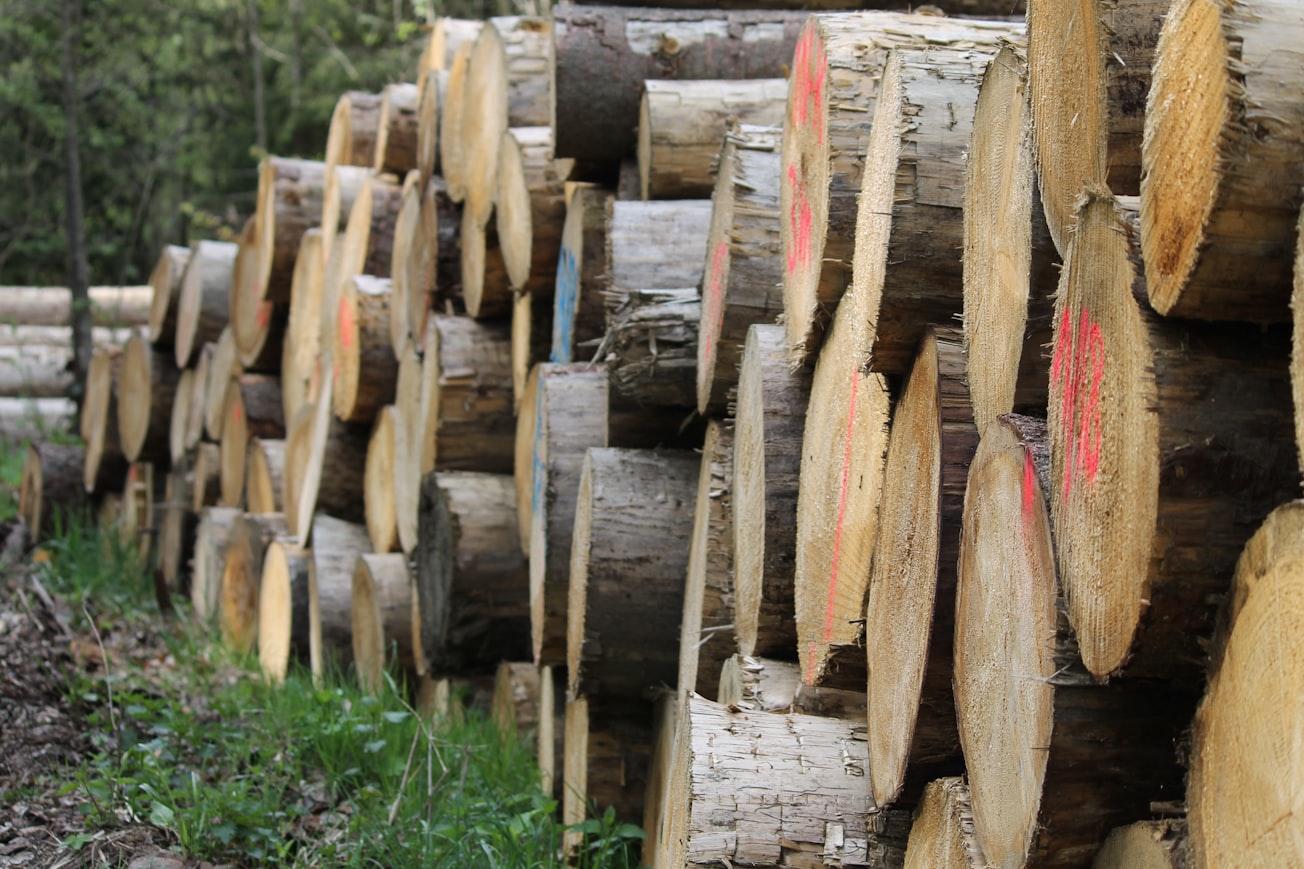What is it about?
The cellulose dissolution is an essential pretreatment process for the chemical conversion of lignocellulosic biomass into biofuels. Here, the dissolution of a 36-chain Ib cellulose model with a hexagonal cross-section (M36HCS) in water is analyzed by Molecular Dynamics (MD) with CHARMM36/TIP3P (C36/TIP3P) force field using gradual heating at 25 MPa. Our simulations showed that the dissolution of M36HCS starts to occur between 560 K and 600 K, which agrees with experimental observations. In our system, conditions near the critical point of water reveal that translational and rotational entropies decrease, while the low hydration level increases vibrational entropy. The thermodynamic calculations close to water supercritical conditions show that the cellulose entropy is the key property to dissolution, in line with theoretical study for other microfibrils. Although there was a decrease of rotational and translational entropy and mixing enthalpy by the low hydration level used to dissolve M36HCS, the vibrational entropy increased. Accordingly, the Gibbs energy values of solution were negative and decreasing with temperature in SCW, indicating that M36HCS can be dissolved even with low water content. The C36 force field, although optimized at room conditions with TIP3P water, reproduces dissolution conditions of of cellulose similar to those experimentally used in reactors.
Featured Image

Photo by Nipun Jagtap on Unsplash
Why is it important?
We found that M36HCS completely dissolve with amorphization at temperatures close to 600 K, in consonance with experimental evidences. We revisited, in the current work, the investigation of the minimum temperature where a complete dissolution of M36HCS in water is possible, at 25 MPa using C36/TIP3P. Here, we find it of great interest to study the behavior of the interactions between water molecules and hydrophilic and hydrophobic surfaces of M36HCS using MD with isobaric heating.This investigation theoretically shows that C36/TIP3P force-field adequately reproduces the dissolution of M36HCS even in high-pressure water as corroborated in reactors.
Perspectives
I hope that this article helps to biomass-refinery researchers to know the thermodynamics processes governing the dissolution of cellulose microfibril with hexagonal section under supercritical conditions of water.
Dr. Jurgen Lange Bregado
Universidade Federal do Rio de Janeiro
Read the Original
This page is a summary of: Molecular dynamics of dissolution of a 36-chain cellulose Iβ microfibril at different temperatures above the critical pressure of water, Journal of Molecular Liquids, August 2021, Elsevier,
DOI: 10.1016/j.molliq.2021.116271.
You can read the full text:
Contributors
The following have contributed to this page







